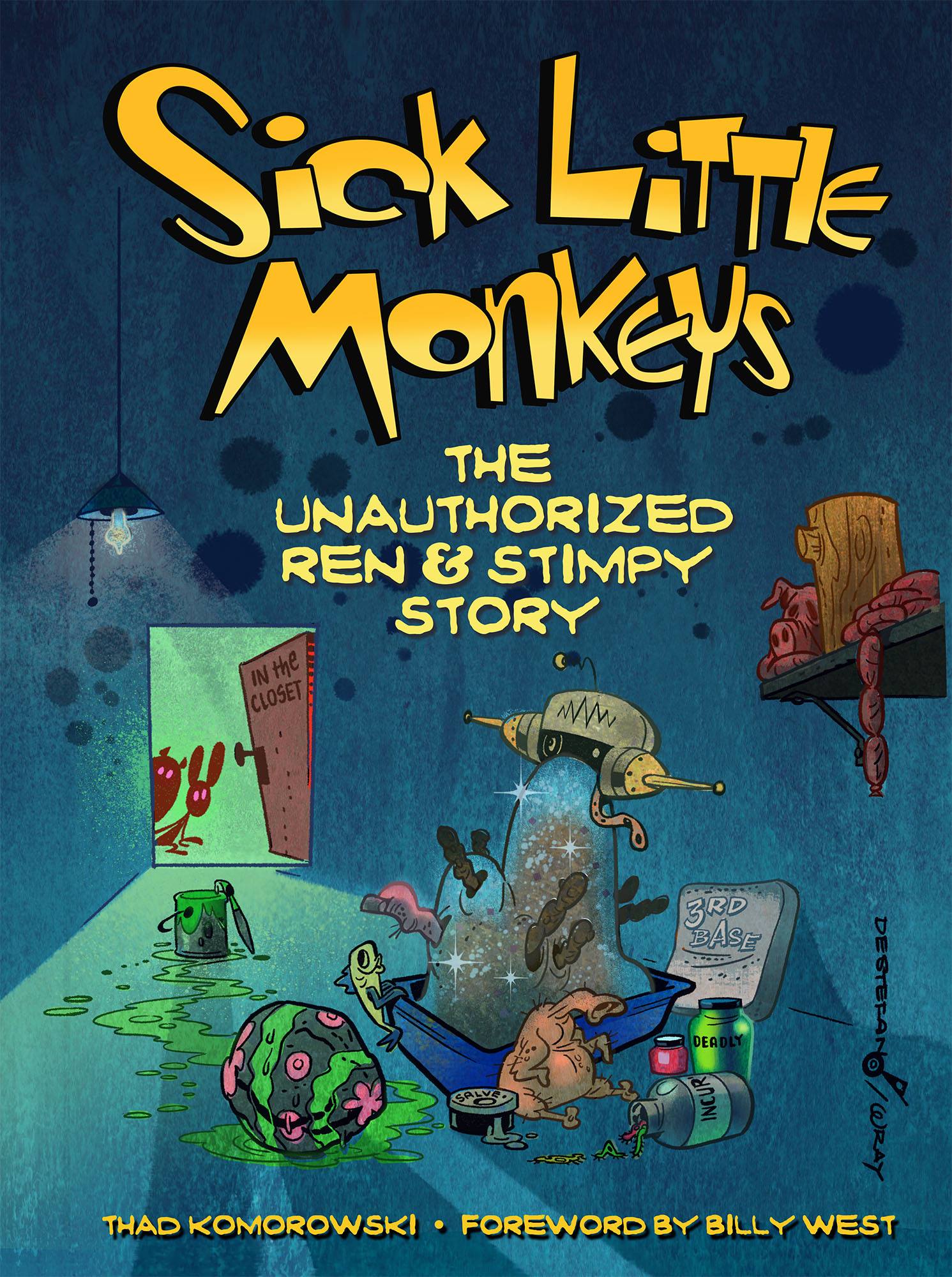Tom & Jerry Tales Volume 6, completing the entire run of the Kids’ WB series, was released earlier this month. As with the earlier episodes, none of them turned out very good. Out of the batch here, noteworthy are: Kitty Cat Blues, haphazard attempt to follow up The Zoot Cat, featuring a rather long gag of Jerry tricking Tom into chasing a laser pointer (like a real cat) that comes out of nowhere; Kangadoofus, with Jerry posing a joey in Australia (and you thought Hippety Hopper had “artistic license”); Game of Mouse and Cat, which bizarrely uses the “Jasper” model of Tom (and he walks on all fours through the thing!); and (not joking) D.J. Jerry, with Tom owned by a joint smoking  Jamaican music store owner, and Jerry running a pahty howse in the back (cameo by a street-talkin’ Tuffy: “Yo, Tom dawg, don’t be hatin’ on mah homies.”)
Jamaican music store owner, and Jerry running a pahty howse in the back (cameo by a street-talkin’ Tuffy: “Yo, Tom dawg, don’t be hatin’ on mah homies.”)
Story and characterization problems aside, the music in these things leaves no synthesizer effect unused. The classic T&Js tend to get whatever vitality they have from the soundtrack, and less so from Bill Hanna’s timing or Joe Barbera’s (expressive, but limited) rough sketches. A brassy musical score and destructive sound effects were more or less the foundation of those cartoons, and if you can’t at least get that, the shorts are going to flounder. (I’ve said it before and I’ll say it again: Scott Bradley really functioned as a third director on the T&J shorts of the 1940s and 1950s. Whether it was Mouse Trouble or Downhearted Duckling, the guy clearly wanted to hog the spotlight and tell the world that the film was his.)
 If you just un-glossed whatever character layouts survived from overseas (Warren Leonheardt, who boarded on the episode Kitty Cat Blues, seen to the left, isn’t too convinced anything of his survived), you’d basically get what Hanna-Barbera would be doing with the characters if they were alive today: shallow, “modernized” reincarnations. And I honestly don’t think either of them would have a problem with that. It’s a shame that corporate agenda is the heart of these new cartoons, because the people working on the show really studied everything about the classic shorts (see the motion chart sketch below), and may have come up with a more reasonable facsimile in a better environment.
If you just un-glossed whatever character layouts survived from overseas (Warren Leonheardt, who boarded on the episode Kitty Cat Blues, seen to the left, isn’t too convinced anything of his survived), you’d basically get what Hanna-Barbera would be doing with the characters if they were alive today: shallow, “modernized” reincarnations. And I honestly don’t think either of them would have a problem with that. It’s a shame that corporate agenda is the heart of these new cartoons, because the people working on the show really studied everything about the classic shorts (see the motion chart sketch below), and may have come up with a more reasonable facsimile in a better environment.
But all I can come up with after watching this DVD is “leave well enough alone.” I don’t want to see new Tom & Jerry cartoons anymore than I would want to see new Bugs Bunny or Popeye cartoons. They were films done in a different era, under different circumstances, and by people with a different world perspective than our own. But unfortunately, the standard thinking of the average joe in animation can’t fit that in his or her head: whatever worked once can and will work again. It’s why every cartoon on TV today looks like anime or Dexter’s Lab. A student I knew, who dropped out of the animation program at art school, summed it up bluntly: “Animation is too repetitive.”








